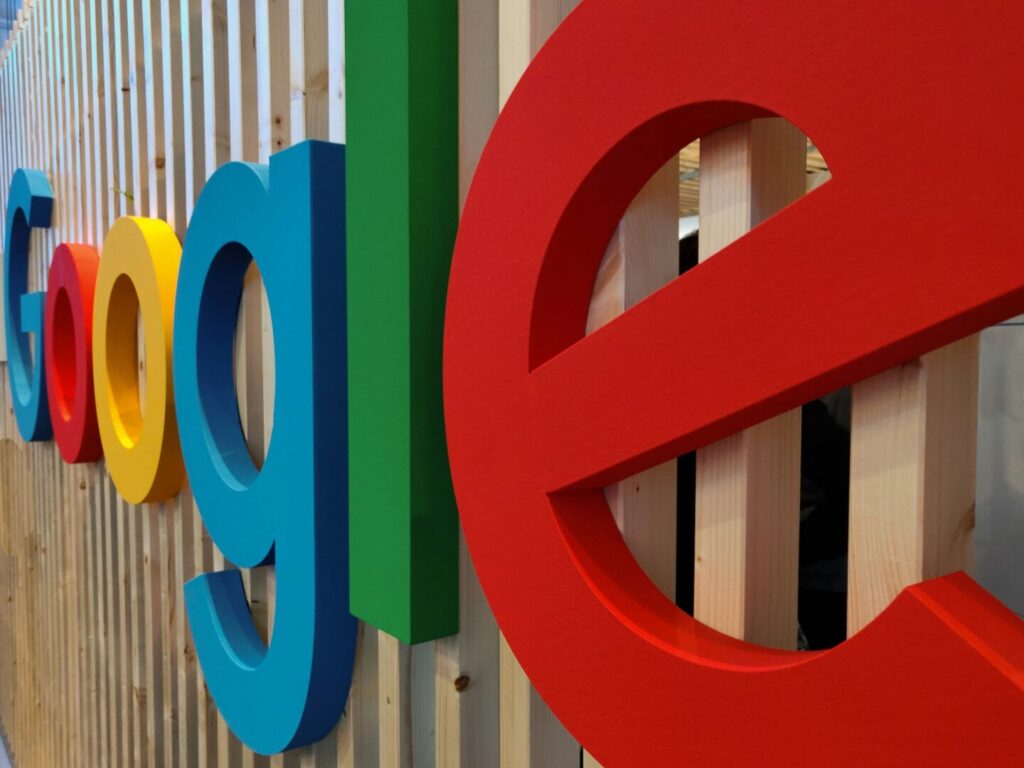Marketing has never been more essential, but it has also never been more overwhelming. Between the rise of AI-driven campaigns, shifting algorithms, and the nonstop demand for fresh content, many entrepreneurs and small business owners feel paralyzed before they even begin. They assume that effective marketing requires huge budgets, expensive tools, and professional teams. The truth is very different. With the right mindset and strategies, budget-friendly marketing can outperform expensive campaigns, especially when the focus is on long-term organic growth.
In 2026, business owners will be looking for approaches that deliver results without draining resources. That’s where smart, sustainable tactics step in. Instead of thinking in terms of what you can’t afford, the new conversation should be about what you can leverage right now. The digital space is full of platforms, tools, and opportunities that are either free or very low-cost, yet often overlooked. And with a little consistency, these moves can compound into serious growth.
As someone who has worked in digital marketing and copywriting for years, I’ve seen businesses waste thousands on ads that don’t convert while ignoring strategies that could have delivered steady growth for a fraction of the cost. Let’s break down some of the budget-friendly marketing strategies that not only worked in 2025 and will in the next one, but can build real momentum for your business.
Owning your presence with Google Business Profile
One of the most underutilized yet powerful tools is Google Business Profile. Many people think of it as a directory listing, but in reality, it’s one of the most visible touchpoints your brand can have. When someone searches for your business – or even for keywords related to what you do – your Google Business Profile is often the first thing they see. It acts as your digital storefront.

The best part? It’s completely free. Yet countless businesses either haven’t set it up properly or let it sit idle. In 2026, when more customers will be relying on local search to make quick decisions, not optimizing your profile is like leaving money on the table. Imagine a customer typing “organic coffee near me” or “affordable web design Tirana.” If your competitors have optimized their profiles and you haven’t, you’re invisible in that crucial moment when intent is at its peak.
A budget-friendly marketing approach with Google Business Profile involves more than just entering your name, phone number, and location. It means filling out every section: services, hours, reviews, photos, posts, and FAQs. Uploading new pictures weekly, responding thoughtfully to reviews, and sharing short updates turn your profile into a living channel rather than a static listing. Think of it as a mini-website that Google rewards by placing it higher in results.
Even more importantly, the consistency you show on your Google Business Profile translates into trust. When customers see recent posts, photos, and active engagement, they assume your business is thriving and reliable. That perception alone can drive conversions, and it costs you nothing but a few minutes each week.
Why your website needs a populated blog section
Websites without content feel like abandoned houses: you might stop by, but you don’t stay for long. A populated blog section changes everything. In the age of AI-generated fluff, what stands out is valuable, relevant, and consistently updated content that actually helps your audience.
From an SEO perspective, Google rewards fresh, keyword-rich blog posts that answer real questions. Every time you publish, you’re essentially opening another doorway for potential visitors to discover your site. The more entry points, the more chances to attract the right audience. If you only rely on a few static pages – like “About Us” and “Services” – you limit your reach dramatically. But if you’re writing weekly or bi-weekly blogs on topics your target audience cares about, you multiply your visibility.
For example, a boutique fitness studio could write articles like “budget-friendly workouts you can do at home” or “how to create a sustainable routine without a personal trainer.” These posts don’t just attract searchers – they establish authority. And authority builds trust.
Blogging also creates shareable assets. When you publish a great article, you can distribute it on social media, Pinterest, or email newsletters, giving your content multiple lives (we’ll touch more on that shortly). It’s a way of stretching every piece of work as far as it can go.
The important thing here is consistency. One blog post won’t make an impact. Ten blog posts published sporadically won’t either. But a steady flow of content, aligned with your audience’s interests and optimized around phrases like budget-friendly marketing, will build a library of value that works for you long after you hit publish.
Recycling your content without feeling repetitive
One of the most common excuses business owners give for not producing content is, “I don’t have time.” But the reality is, you don’t need to reinvent the wheel every day. Content recycling is not just budget-friendly – it’s smart marketing.

Think of your content as raw material. A single blog post can be turned into an infographic, a carousel for Instagram, a series of LinkedIn updates, a podcast episode, or a short video. That same piece of content could live on Pinterest as a pin, on YouTube as a tutorial, and on your email list as a mini-series. Each platform requires a slightly different presentation, but the core idea remains the same.
For example, if you wrote a blog about “budget-friendly marketing moves that actually work in 2025,” you could record yourself reading the article and post it as a podcast. You could extract key quotes to use on Twitter or transform the statistics into a visual post for Instagram. Recycling doesn’t mean repeating. It means maximizing the return on every piece of content you create.
This approach saves time and money while amplifying reach. And here’s the hidden bonus: people rarely consume your content in every format. Someone who finds you on Pinterest may never see your LinkedIn post. Someone who subscribed to your newsletter may never scroll through your Instagram. Recycling ensures your message reaches each corner of your audience in the medium they prefer.
Investing in SEO for sustainable growth
SEO has always been the backbone of budget-friendly marketing, but in 2026, it will be evolving into something even more essential. Paid ads are more competitive than ever, costs are rising, and audiences are becoming blind to traditional promotions. Organic search, however, continues to deliver long-term results at no extra cost once the initial work is done.

Working on your SEO doesn’t mean cramming keywords into paragraphs. It means building a structure that both search engines and humans love. Start with your website’s speed and usability. If your pages load slowly or your mobile experience is clunky, visitors won’t stick around. Then move to content strategy: blog posts, service pages, and even image alt tags should all reflect the words your customers are actually searching for.
Incorporating your focus keyphrase, budget-friendly marketing, naturally, throughout your website is just one example. Think of how your target audience phrases their questions. Do they search “cheap marketing ideas” or “low cost digital marketing”? Research these variations and weave them into your text authentically.
The beauty of SEO is its compounding effect. Unlike paid ads, which stop working the moment you stop paying, SEO builds a foundation that keeps attracting visitors for months or even years. The time and effort invested now will continue to reward you in the future, which makes it one of the smartest moves for small businesses and solopreneurs working on limited budgets.
Why Pinterest should not be ignored
When most people think of social media marketing, they go straight to Instagram, Facebook, or TikTok. But in 2026, one of the most powerful platforms for organic growth will still be Pinterest. It’s not just a social network; it’s a visual search engine. And unlike other platforms where content disappears in 24 hours or sinks after a few days, Pinterest content lives on. A pin created today can drive traffic for months or even years.

For solopreneurs and small businesses, Pinterest is the definition of budget-friendly marketing. Creating pins requires minimal investment – often just a free design tool and a bit of creativity. The platform’s users are also highly intent-driven. They’re not just scrolling to kill time; they’re searching for inspiration, ideas, and solutions. That means if your business offers a solution, Pinterest can deliver highly qualified traffic.
At Josei Creative Agency, we’ve seen firsthand how leveraging Pinterest can transform businesses. By turning blog posts into pins, designing visually appealing boards, and optimizing for Pinterest SEO, you can funnel consistent traffic to your website. It’s not about chasing trends or dancing on camera; it’s about meeting people where they’re actively searching. And because it’s organic-driven, the ROI is extraordinary compared to other platforms.
Whether you want to become a Pinterest marketer yourself or prefer monthly management for your new or already established business, investing in Pinterest today sets you up for steady, compounding growth tomorrow. It’s not flashy, but it’s powerful – and that’s exactly what budget-friendly marketing should be.
Bringing it all together

The real secret of budget-friendly marketing in 2026 is that none of these strategies stand alone. They work best when combined. A blog post fuels your SEO. That same post becomes a Pinterest pin. That pin leads to your website, where visitors see an optimized Google Business Profile link. Each channel supports the other, creating a loop that builds trust, authority, and visibility.
The beauty of this system is that it doesn’t require huge ad spends or endless hours on platforms that don’t convert. It requires clarity, consistency, and the willingness to use the free and low-cost tools already available.
If you’re ready to move away from scattershot marketing and start building a strategy that grows with you, this is where Josei Creative Agency comes in. We help solopreneurs and businesses thrive with a focus on organic, sustainable growth. Whether it’s turning you into a Pinterest marketer and advertiser, or managing your Pinterest presence monthly so you can focus on running your business, we specialize in taking these budget-friendly tools and making them work harder for you.
2026 doesn’t have to be the year you overspend on marketing. It can be the year you finally build momentum, visibility, and sales with strategies that cost less but deliver more.



